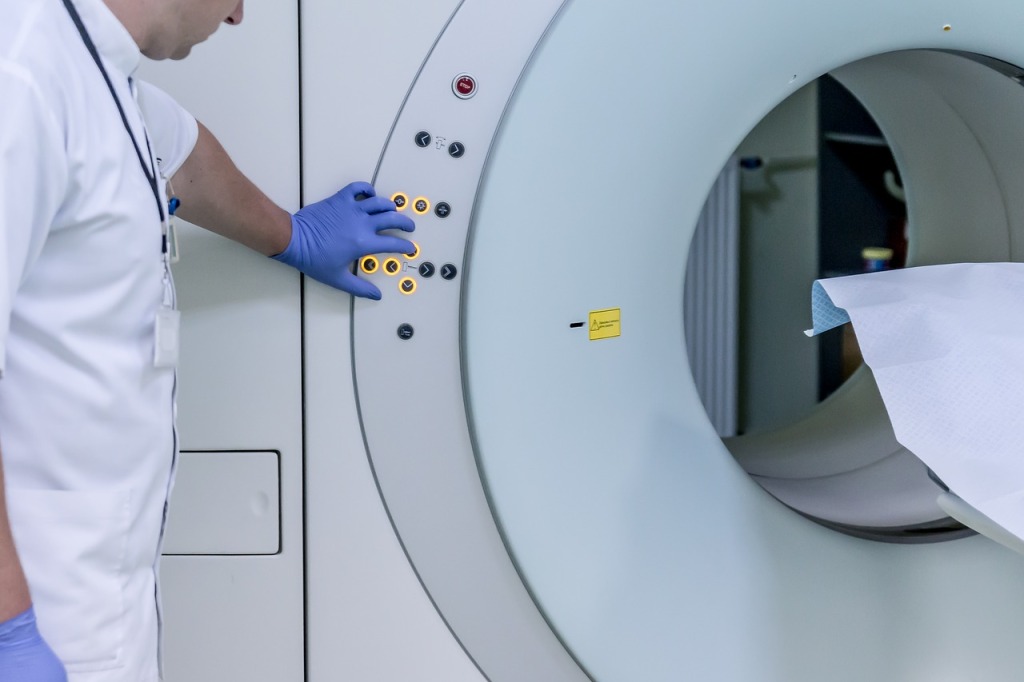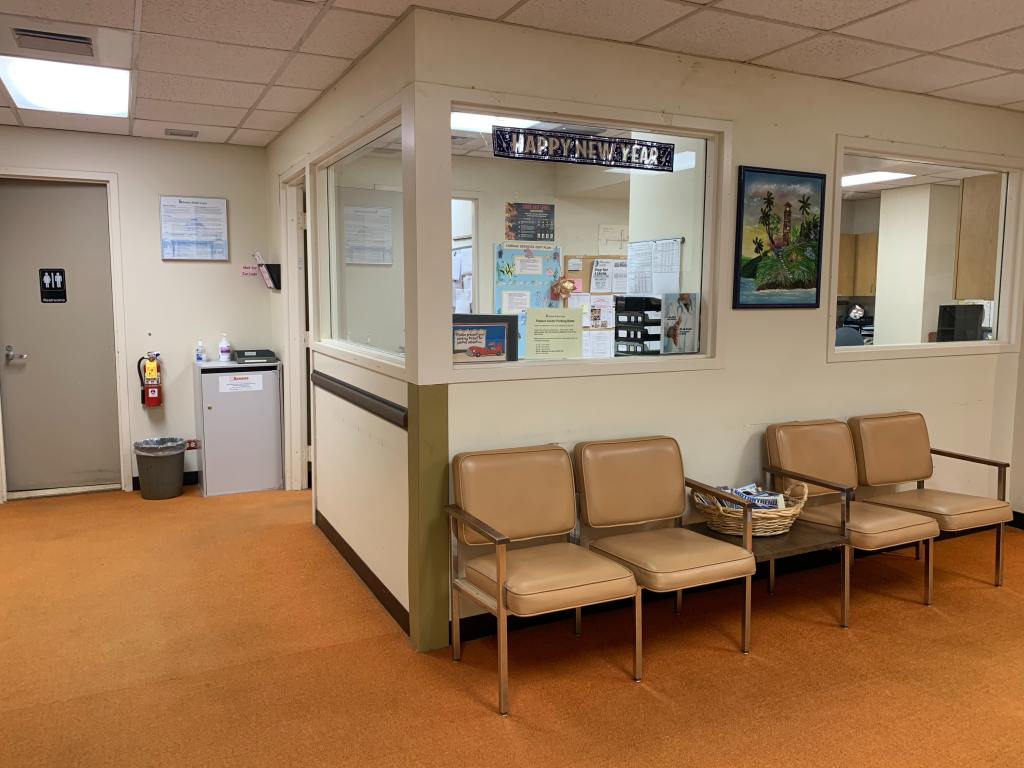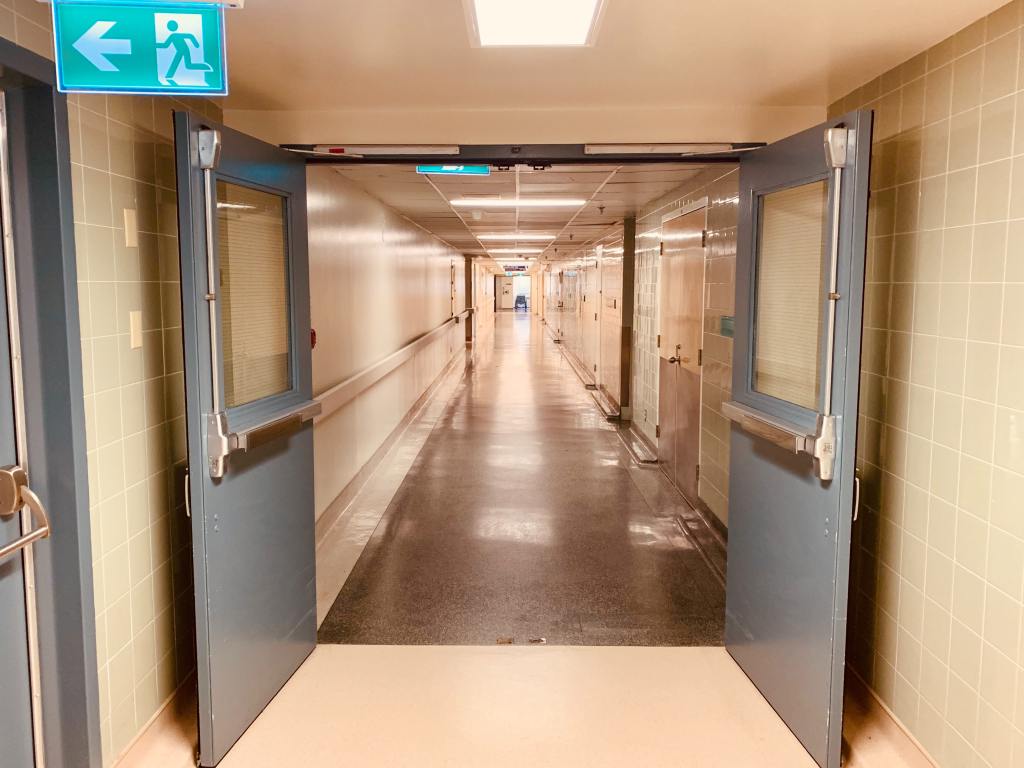It’s been a while, but here I am again, asking for your heart-themed haiku for issue 7 of the collaborative zine. The theme of this issue is “Medical Spaces and Places,” and I’m looking for your thoughts on any medical location. That might be a hospital ward or waiting room, your GP surgery, your local pharmacy, an operating theatre, the cath lab, the hospital car park, the inside of an MRI scanner, or the back of an ambulance… Maybe you receive medical treatment at home and consider that a medical space at times? If so, we’d love to hear your thoughts about that too!

You might find it helpful to think about your senses. How does the medical space look, sound, feel or smell? How do you feel as soon as you enter it? Is the space familiar to you by now or is it new? Do you feel comforted, lonely, relaxed or intimidated? Do you dwell on the past or think of the future? Do you feel like you belong there? Wherever that medical space is and however it makes you feel, we want to hear about it.
[If this is a topic that interests you, you might like to read more about the Sensing Spaces of Healthcare project. You can find them as @hospital_senses on Twitter.]

What is a haiku?
A quick reminder… A haiku is a very short poem of 17 syllables arranged in three lines – 5 syllables in line one, 7 in line two, 5 in line 3. For our purposes, that is all you need to know. The haiku police will not be checking and I firmly believe that anyone can write a haiku.

What is a syllable?
In the past, I’ve had people get in touch to say they find identifying the number of syllables in a word tricky. I have two things to say on this:
1: I do not mind if your “haiku” has the “wrong” number of syllables entirely, or even if you make no attempt to adhere to syllable count or three lines or whatever. You’ll notice previous editions of the zine feature contributions that are not haiku. If you respond creatively to the monthly prompt, I will be delighted to read it and consider it for inclusion in the zine, haiku or not.
2: If, however, you do want to have the “right” number of syllables, there are some handy techniques to help. This video is aimed at children, but has four very useful and easy ways to make breaking words down into syllables super simple. My favourite is to talk like a robot – you will naturally break words down into syllable sections by doing so 🙂

How to take part
Simply leave your haiku (or other creative contribution) in the comments on this post. Unless you state otherwise, I’ll presume you are happy for it to be included in the free zine. Previous issues are available to view/download here. I’ll credit you in the zine with the name you use to leave your comment – a pseudonym (or first name only) is absolutely fine if that’s what you’d prefer. I’ll aim to put the zine together towards the end of this month and will share here and on social media when it becomes available.
One last (but important) point: please don’t name or otherwise identify specific medical locations/staff in your writing. I want to know how you feel about your GP surgery, not which GP surgery you attend!
I’m so looking forward to seeing your contributions on this topic and am really excited to be back in the haiku realm with you all. I’ll share a contribution (or two) of my own in the comments at a later date. Happy haikuing!
* Somebody (me) may have enjoyed too much Mike Wozniak on Taskmaster recently…


Right, here are a couple to start:
Discharge lounge, they said.
Does that mean I’m going home?
Or blowing my nose?
Car Park Full, oh dear.
Hubby drops me at the gates.
See the Doc alone…
(Mike Wozniak was brilliant in TM 🙂 )
LikeLiked by 2 people
You don’t have to love Mike Wozniak to write haiku…but it helps?! Ha! Thanks so much for getting the ball rolling with these, Ali. I will never see a discharge lounge in the same way again. 😂
LikeLiked by 1 person
The noises did it.
Alarms and beeps and cries: the
sound of broken heart.
LikeLiked by 3 people
Thank you so much, Margarita! Noise is so hard to ignore and such a major part of the atmosphere in a medical setting, especially with heart monitors.
LikeLiked by 1 person
The waiting rooms near
My chair is shouting on me
Will I run away
LikeLiked by 2 people
Thank you, Robbie 🙂 I just need to sit in a waiting room chair (the sensation of air seeping from the seams of that plastic-covered material) to start getting the jitters. I feel like the distance that’s needed between chairs at the moment, and the stacks of unused furniture, really add to the tension of waiting rooms…though I’m glad there is that distance obviously!
LikeLiked by 1 person
How about:
Resus room beep beep
Medics running beep beep round
Beep beep heart still beats.
LikeLiked by 2 people
Yes, beeps can definitely be reassuring as well as anxiety inducing!
LikeLiked by 1 person
The waiting room wait..
I must watch the screen
Oh no, was that beep for me?
No, I am not June.
LikeLiked by 3 people
Yay! Welcome back to haiku, Dave! (I always feel like I’ll miss my name when they call it.)
LikeLike
My doctor, so dry
Moves the waiting room bible
Won’t be needing that
LikeLiked by 2 people
Is there really a bible in your doctor’s waiting room? I’ve never seen that! I find the thought strangely disconcerting…
LikeLike
The waiting room is not going anywhere soon whatever you say
LikeLiked by 1 person
I have a bit of a love/hate relationship with the waiting room. They’re certainly quieter at the moment, though, aren’t they?
LikeLike
I don’t know what happened with the edit. End of first line after ‘is.’ The end of the second line after ‘soon.’ Sorry, Graham. Please don’t be so kind.
LikeLiked by 1 person
Thanks, Graham. I’ll split the lines as you’ve instructed for the zine 🙂
LikeLike
Thanks, you are kind, Graham.
LikeLike
Sorry, don’t know what happened with my edit.
LikeLike
You guys are brilliant – so many great responses already 🙂 I was going to hold off on writing any of my own haiku on the topic until later in the month, but found myself inspired this morning by all the haiku you’ve posted. Here are a few of mine. Can you tell which medical settings I’m describing?
Plastic-covered seats
sigh in solidarity
with waiting patients.
School-dinner smells waft
through echoed conversations
at cloth-streaked tables.
Elderly patients
assume the youngster is there
for moral support.
Turn onto your side.
Sorry, I just need to move…
your breast. I’m sorry.
LikeLiked by 1 person
They’re great, Laura. In order – waiting room, don’t know (haven’t come across a cloth-streaked table, another waiting room, and the dreaded Echocardiogram room 🙂
LikeLiked by 1 person
Ahh, you’re good, Ali! 3 out of 4 🙂
LikeLiked by 1 person
And another:
Trip in ambulance
VT washes over me
Blues and twos switched on
LikeLiked by 2 people
intimate dark room
doppler flashes blues and reds
cold gel meets firm probe
LikeLiked by 2 people
Where are all the patients?
Have they been moved to the cloud?
Feel guilty sat here.
LikeLiked by 1 person
I’ve managed to sneak in an extra word!
It should be…………..
“Where are the patients?
Have they been moved to the cloud?
Feel guilty sat here.”
LikeLike
Ohh, what are you doing to me with these last-minute edits, Dave? I feel like I’m on Fleet Street or something! 😂
LikeLike
Laughing face emoji – I promise I will behave better in the future
LikeLiked by 1 person
Doh!
Barnside boy is me, David Reynolds.
Damned automated stuff 🙄
LikeLiked by 1 person